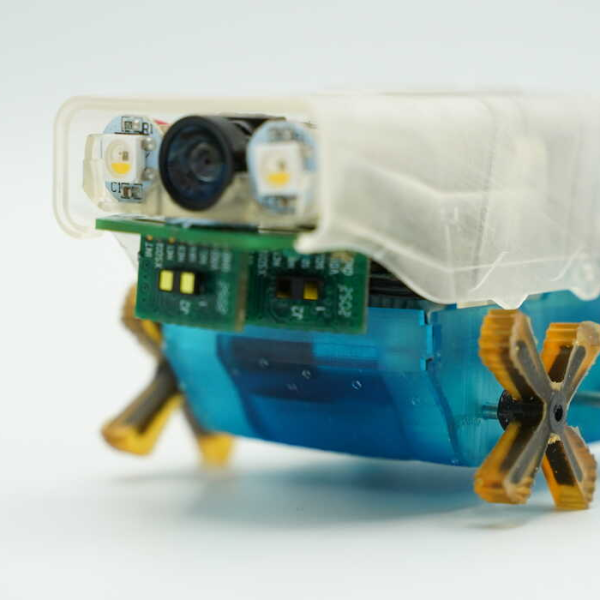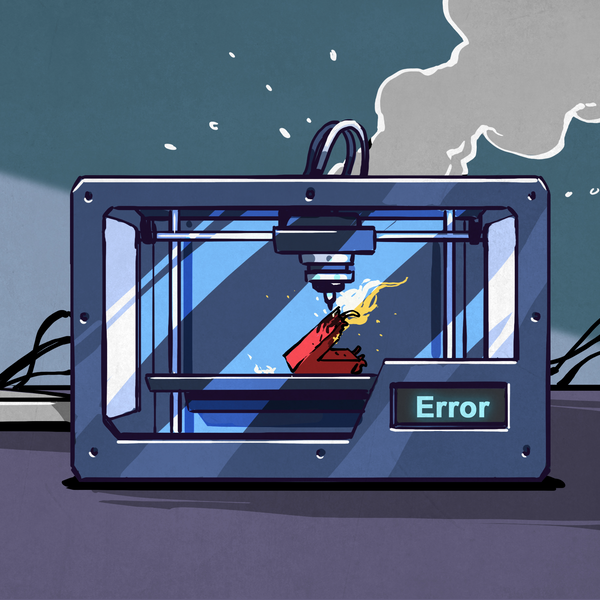There are some interesting questions afoot, with the news that the Contec CMS8000 medical monitoring system has a backdoor. And this isn’t the normal debug port accidentally left in the firmware. The CISA PDF has all the details, and it’s weird. The device firmware attempts to mount an NFS share from an IP address owned by an undisclosed university. If that mount command succeeds, binary files would be copied to the local filesystem and executed.
Additionally, the firmware sends patient and sensor data to this same hard-coded IP address. This backdoor also includes a system call to enable the eth0 network before attempting to access the hardcoded IP address, meaning that simply disabling the Ethernet connection in the device options is not sufficient to prevent the backdoor from triggering. This is a stark reminder that in the firmware world, workarounds and mitigations are often inadequate. For instance, you could set the gateway address to a bogus value, but a slightly more sophisticated firmware could trivially enable a bridge or alias approach, completely bypassing those settings. There is no fix at this time, and the guidance is pretty straightforward — unplug the affected devices.
Continue reading “This Week In Security: Medical Backdoors, Strings, And Changes At Let’s Encrypt”




















